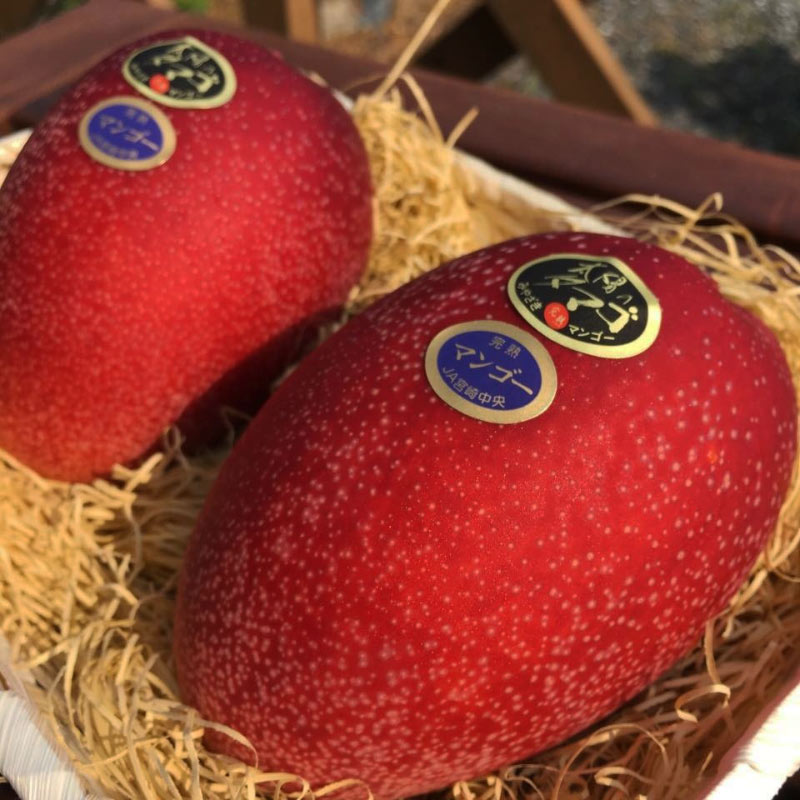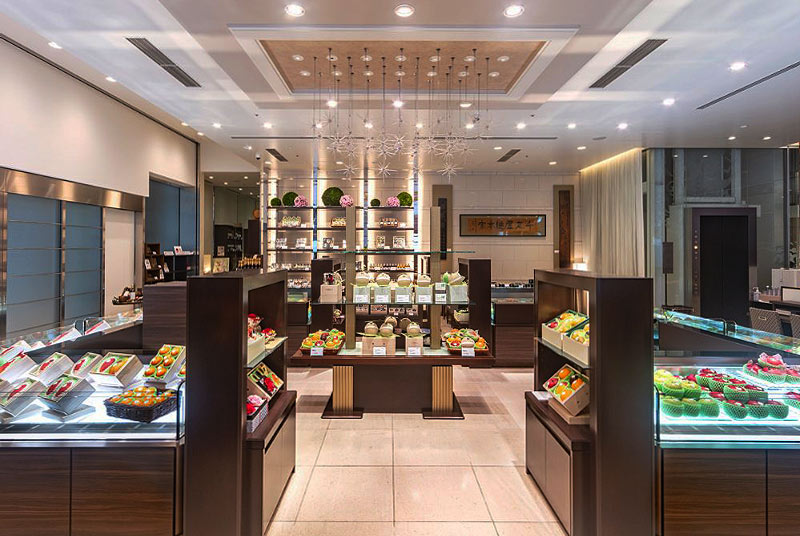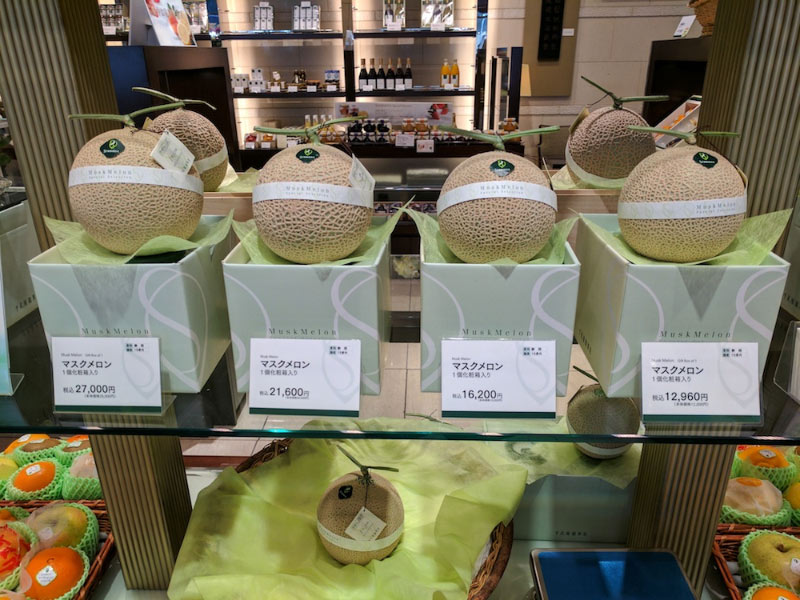Beyond high-karat jewelry, expensive fashion labels, and premium cars, an unusual luxury item has become a symbol of Japan‘s traditional gift-giving culture—fruits. These prized food items can skyrocket to a thousand dollars, with melons costing an approximate of over USD45,000 — one of the highest prices on record paid by a willing bidder in an auction in Japan’s luxury fruit market.
From cube watermelons, “White Jewel” strawberries with the color of powdery snow, and grapes the size of ping-pong balls, these luscious fruits are highly favored by the Japanese people. They are not just admired for their sheer beauty but for the value that they hold in the nation’s distinctive culture.
Fruits and Their Relation to Japanese Culture At Large
Japan’s intricate gifting practice has its roots both in societal and religious customs. Gifts also play a vital role in fostering relationships in the country.
There are two primary gift-giving seasons in Japanese society. The first is ‘Ochugen’ in summer in the middle of the year and ‘Oseibo’ in winter. It is in these periods when presents are given to anyone important to someone’s life, such as family members, employers, clients, or people you feel indebted to. You can say that these gifts are the ultimate expression of gratitude in their culture.
Fruits also hold great significance historically. In the fourteenth century, samurais would offer tangerines or melons to the shogun professing their utmost loyalty and appreciation for their leader.
The gifting etiquette of fruits is also a reflection of Japan’s deep reverence for spirituality. Fruits are considered as the usual offerings in Shinto and Buddhist religions across the nation, with traditional houses accommodating Buddhist altars for the ancestors called “Butsudan,” often filled with food offerings.
Square Watermelons, White Strawberries, and the “Eggs of the Sun”
The Japanese are marveled for their exquisite cuisine, high-quality produce, and distinctly-clean taste profiles. It is no wonder that fruits of high-caliber are cultivated meticulously in Japanese soil.
Japanese ingenuity, combined with unparalleled craftsmanship, culminated in the nation’s ability to produce stellar fruits unrivaled for their taste and appearance. The country’s diverse geography has blessed the archipelago nation with varying climates allowing them to grow a myriad of succulent fruits.

The ‘White Jewel’ is a rare and prized type of strawberry grown in Japan’s Saga prefecture. Photo: japaninsides.com
There is a certain level of skill and artistry involved in maintaining the high quality of these luxury fruits. The ‘White Jewel’ strawberry, for example, is a hybrid discovered and introduced by Yasuhito Teshima of the Saga Prefecture, the only place known to grow this rare variety of strawberries. These sweet-tasting, alabaster-white jewels are a product of years of thorough research and crossbreeding to achieve its optimal state, and can cost up to USD40 per berry.

A pair of ripe ‘Taiyo no Tamago’, also known as ‘The Egg of the Sun’, a sought after variety of mango grown in the Miyazaki prefecture. Photo: allabout-japan.com
‘Taiyo no Tamago’ or ‘The Egg of the Sun,’ is considered as the world’s most expensive mango. With its perfectly round shape, dual-toned ruby color, and exceptional sweetness, the fruit fetches a hefty price tag for as high as USD3,744. Careful thought and attention are given to the crop, which entails extensive oversight to ensure that each fruit consistently meets the excellent standard for it to achieve its luxury status.
Japan takes pride in its pristine aesthetic evident in all of its products and even its way of life. The square watermelon, a hot novelty item from Kagawa prefecture emerging from the 1970s, is a testament to the country’s continuing quest for innovation. Its bizarre shape is a result of labor-intensive processes that involve molding the melon’s peculiar shape. It often boasts near-symmetrical stripes to further add to its overall look and appeal with prices close to USD200 apiece.
Sembikiya, Japan’s Premier Fruit Parlor and the Art of Fruit Auctioning

Fruits on display at Sembikiya’s flagship store in Chuo-ku, Tokyo. Photo: sembikiya.co.jp
Located in the upscale Ginza district in Japan’s capital, a trip in Sembikiya is an experience totally unheard of. This is not your ordinary fruit shop, but instead, a deluxe fruit emporium comparable to a high-end jewelry boutique.
An air of sophistication pervades within the establishment with some of the world’s most expensive gourmet food items exhibited like delicate works of art.
On display is Yubari King muskmelon, the store’s most popular item from Hokkaido Prefecture, once auctioned for a whopping USD45,000 in 2019. A case of ‘Egg of the Sun’ mangoes costing USD250 per fruit is prepared in individual elegant boxes either sitting in hay or on silk or tied with a ribbon.

Muskmelons of varying sizes and prices on display at Sembikiya. Photo: nextshark.com
Apart from premium fruit parlors selling these as extravagant gifts, auctioning is another practice in Japan featuring these remarkable fruits. Consumers, most often restaurants, get the first pick and bid on the most perfect and freshest fruits at the start of the season. These are typically used for promotional purposes.
In July this year, a bunch of ‘Ruby Roman’ grapes, known for their enormous size and spectacular taste, sold for USD12,200—the highest price on record for the second year in the season’s debut auction.
However, the luxury fruit market also has its share of challenges. With the advent of the coronavirus pandemic gripping the nation, prices have understandably slumped down. In Asahikawa Japan, mid-July of this year, Densuke, a luxurious watermelon notable for its dark green rind, sold for only USD2,050—a sharp drop from last year’s record.
Luxury fruits are undeniably a distinct characteristic of Japan that makes its culture truly unique. It represents the country’s high regard for superior quality, attention to detail, and creativity celebrated and applauded around the world.
……………………………………………
Featured photo: roadsandkingdoms.com













